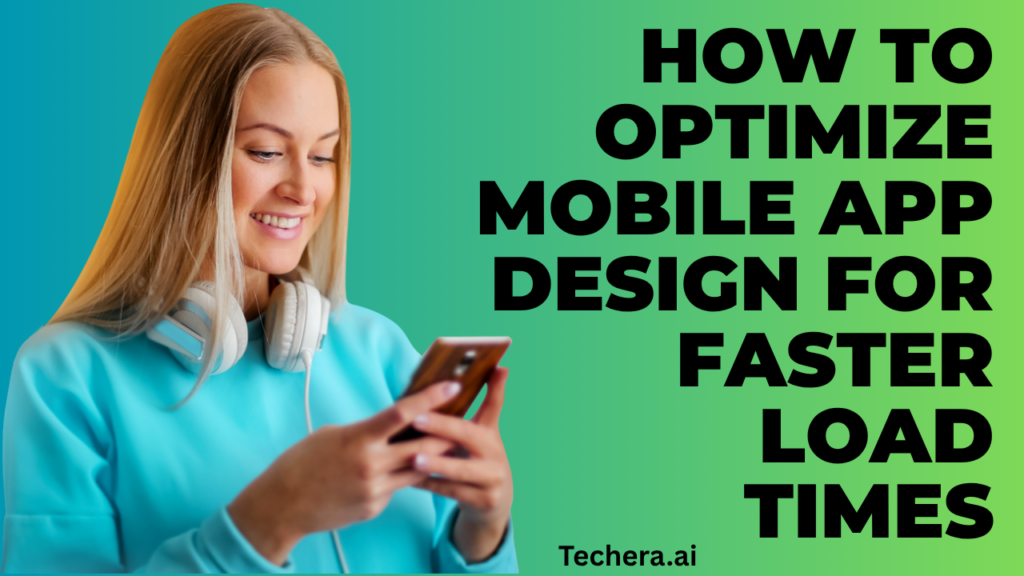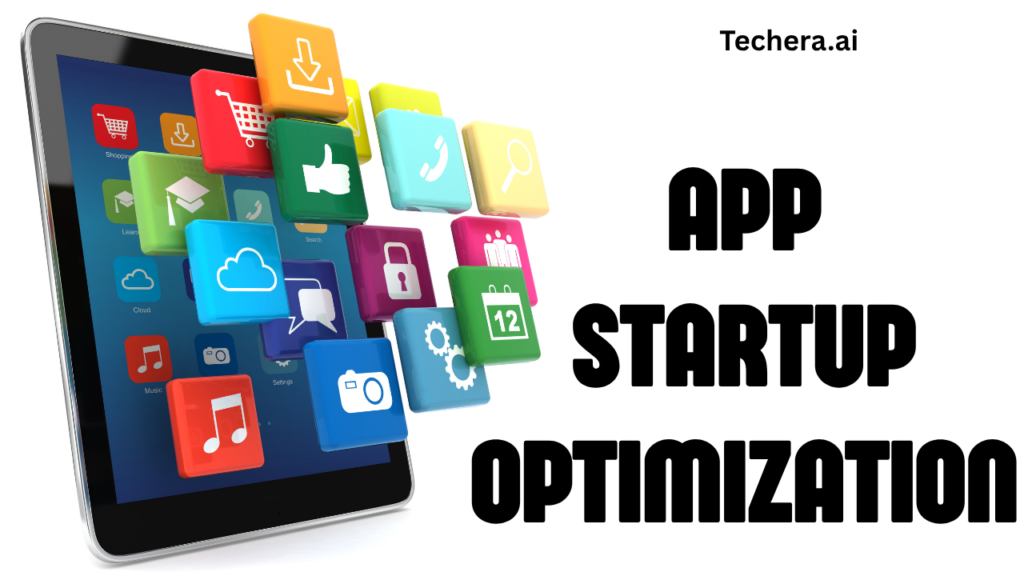
Discover essential techniques to improve Mobile App Design for faster load times and a better user experience. Learn how effective Mobile App Design can boost app speed and performance in today’s digital landscape.
Introduction
Nobody likes a slow app. In today’s digital world, users expect apps to open instantly and run smoothly. A delay of just a few seconds can lead to frustration, poor reviews, and app abandonment. If you want your mobile app to succeed, optimizing it for faster load times isn’t just an option—it’s a necessity.
Understanding Mobile App Performance
Before we dive into strategies, let’s break down performance.
- Load time: How long it takes for the Mobile App Design to become usable.
- Responsiveness: How smooth and fast interactions feel once loaded.
- Metrics to track:
- Time-to-First-Paint (TTFP): When something first appears.
- Time-to-Interactive (TTI): When users can actually interact.
- API latency: The delay from data requests.
These numbers show where your app struggles and where to optimize.
Optimizing Images and Media

Images and media often slow apps down.
- Compress images with WebP or AVIF without losing quality.
- Use lazy loading, so images load only when needed.
- Stick to responsive images based on screen size.
- For icons, switch to vector graphics (SVGs).
Think of it like packing light for travel—carry only what you really need.
Code and Resource Optimization
Bloated code means slower apps.
- Remove unused libraries, SDKs, and files.
- Minify CSS, JS, and HTML (for hybrid apps).
- Use ProGuard/R8 (Android) or Bitcode (iOS) for code shrinking.
- Build a modular architecture, so only necessary code loads initially.
This trims your app down to the essentials—like a well-organized backpack.
Efficient Caching Mechanisms
Why reload data when you can store it?
- Cache images, scripts, and API responses locally.
- Use CDNs to deliver content closer to users.
- Store critical info offline with SQLite, Room, or Core Data.
Good caching makes apps feel instant, even with spotty internet.
Optimizing API Calls and Data Handling
Data is often the biggest culprit in slow apps.
- Reduce unnecessary requests.
- Batch multiple requests into one.
- Implement pagination or infinite scrolling.
- Consider GraphQL for fetching only what’s needed.
The goal? Deliver data smartly, not all at once.
Also read How to Optimize Mobile App Design for Faster Load Times
Asynchronous Loading Techniques
Don’t keep users waiting.
- Load essential features first.
- Run heavy tasks in the background.
- Use skeleton screens or shimmer effects so users see progress.
This is like serving bread before the main course—it keeps users engaged while they wait.
Optimizing Fonts and UI Assets
Fonts may look small, but they weigh apps down.
- Use system fonts when possible.
- Subset fonts—load only required characters.
- Combine icons into sprite sheets.
A simple UI = faster rendering.
App Startup Optimization

First impressions matter.
- Use Android App Bundles and iOS On-Demand Resources.
- Delay non-critical SDKs like analytics or ads.
- Preload only essential data.
This way, your Mobile App Design greets users instantly instead of making them wait.
Memory and Performance Management
An app that hogs memory feels sluggish.
- Watch for memory leaks.
- Recycle components like lists and views.
- Keep animations lightweight, especially for low-end devices.
Smooth apps = happy users.
Progressive Loading UX
Users hate waiting, but they don’t mind seeing progress.
- Show loading bars or skeletons.
- Load above-the-fold content first.
- Let users interact with partial data while the rest loads.
It’s like letting people browse a shop while you restock the shelves.
Device-Specific Optimization
Not all devices are created equal.
- iOS vs Android: Different optimization methods apply.
- Adapt to screen sizes, resolutions, and refresh rates.
- Optimize for low-bandwidth connections with adaptive loading.
Design for the weakest device, and your app will shine everywhere.
Testing and Monitoring Performance
Don’t just optimize blindly—measure results.
- Use Android Profiler, Firebase Performance, Xcode Instruments.
- Test on real devices, not just emulators.
- Run A/B tests to see what really improves speed.
What gets measured gets improved.
Best Practices for Developers and Designers
Great apps happen when devs and designers work together.
- Designers should avoid overly heavy UI elements.
- Developers should prioritize performance in coding decisions.
- Everyone should adopt a performance-first mindset.
Remember: good Mobile App Design is not just beautiful, it’s fast.
Conclusion
Fast-loading apps don’t just impress—they retain users. By compressing media, optimizing code, caching smartly, and designing with performance in mind, you can make your app lightning quick. Think of it as tuning a sports car: less drag, more speed, and a smoother ride for everyone.
FAQs
1. Why is mobile app load time so important?
Because users expect speed. A slow app increases abandonment rates and kills engagement.
2. What’s the best way to optimize images in apps?
Use compressed formats like WebP, lazy loading, and vector icons whenever possible.
3. How can developers reduce app startup time?
By delaying non-critical SDKs, minimizing app size, and preloading only essential data.
4. Can caching really improve app performance?
Absolutely. Local caching and CDNs reduce repeated downloads and speed up load times.
5. Should I prioritize design or performance in app development?
Both matter, but a sleek design means nothing if the app feels slow. Always put performance first.

